Moor Hall is on the outskirts of a village called Aughton in Lancashire, twelve miles north east of Liverpool. It is a 16th century Manor House built on the site of an even older 13th century building, complete with its own moat. The five-acre grounds and building had a major restoration in 2015, with the remains of the moat now forming a lake. The main building is now a fine dining restaurant with rooms, with a further casual restaurant called The Barn alongside. There are extensive gardens that supply the kitchens, with all flowers and herbs and most of the vegetables grown on the property. Head chef Mark Burchill, a Roux Scholar, had been head chef of l’Enclume, and earned a Michelin star for the main restaurant in 2017, with a second star following in 2018. The dining these days accommodates forty customers, with no less than 22 chefs working in the kitchen on the night of my visit.
An eight-course menu was priced at £195 and a four-course version was £95. The recently revamped wine list was extensive, with 480 bottles ranging in price from £45 to £1,050, with a median price of £95 and an average markup to retail price of 3.4 times, which would raise eyebrows in Mayfair, never mind Ormskirk. The range was extensive, with wines from Slovenia and Croatia as well as the usual suspects; 47% of the list was French. Through their use of the Coravin system, the restaurant is able to offer pretty much any wine by the glass, which allows you to put together a little wine pairing should you wish. Moderately priced corkage at £40 a bottle was also an option. Sample labels were Schafer-Frohlich Trocken Riesling from Nahe 2016 at £55 compared to its shop price of £22, Momento Mori The Incline 2018 at £95 for a wine that retails at £32, or the excellent Hamilton Russell Pinot Noir 2016 at £120 for a bottle that will set you back £38 in a wine shop. Those with the means could opt for something grander, such as Chateau Pont-Canet 2009 at £400 compared to its retail price of £277, or the lovely Etienne Sauzet Bâtard-Montrachet Grand Cru 2010 at £650 for a bottle that would set you back £483 in a posh wine shop.
Dinner started in the lounge with some canapés. Charcuterie is made on site and included bresaola, and black pepper salami. There was also cured chalk stream trout served with a very intensely flavoured and impressive chive emulsion. Another nibble was a very delicate Spilman’s asparagus tartlet with calamint and corn flowers. A further canapé was mackerel tartare with redcurrant and radish that could perhaps have done with a little more seasoning, and a mushroom, onion and thyme pillow with a casing that was not particularly crisp. There was also black pudding with pickled gooseberry encased in pastry. Best of all the canapés was an eel tartlet that was served in the kitchen, the smoked eel being combined with potato, fermented garlic and flowers. The touch of sourness of the fermented garlic went beautifully with the richness of the eel and the declaimed pastry (17/20 nibbles on average, but the eel was fabulous and higher than this).
Poached Louet-Feisser oyster was served on a base of salt baked white beetroot, dill, puffed quinoa, buttermilk and scorched lardo and was finished with dill oil. This combination worked well, the crisp quinoa providing a textural contrast to the oyster, and the briny flavour of the oyster working well with the earthiness of the beetroot (17/20).
Seeded country loaf with linseed and pinhead oats was made from scratch in the kitchen and had lovely texture (17/20). This preceded the first formal course of the meal, baked locally grown carrots with Doddington cheese powder from Northumberland and sea buckthorn. This combination may sound a little odd, but the sourness of the sea buckthorn was well controlled and served to balance the richness of the cheese powder, which in turn lifted the flavour of the carrots 17/20).
This was followed by a dish of turnip and crab, with anise hyssop broth and sunflower seeds. The contrast of the sweet crab with the earthiness of the turnip was interesting, the slightly sweet anise hyssop bringing the dish together (16/20). Beef tartare used 80-day aged meat from a breed called blue-grey (formerly Cumberland White), the chopped beef mixed with mild Savoy mustard, shallot and barbecued beetroot. This was terrific, the beef having lovely flavour and the seasoning precisely judged (18/20). A vegetarian alternative was barbecued white asparagus with horseradish, onion and oxalis.
The next course was Cornish lobster with grilled asparagus, green tomato and fermented grains. The shellfish was tender and the asparagus was pleasant, with some tartness from the fermented grains. I imagine that this might work even better with a large langoustine (16/20). The seafood theme continued with turbot from a medium sized 5kg fish, cooked on the bone and served with celeriac and Nashi pear along with a mussel and roe sauce. The turbot was accurately cooked and had reasonable flavour, with the acidity of the pear working nicely with the earthy celeriac (16/20). A second bread was served alongside, a really superb Welsh style lava bread, reminiscent of a delicate brioche and having extremely light texture.
Main course was Herdwick lamb served with artichoke and lettuce, and a lamb ragu served on the side with ramson and curds. The lamb had excellent flavour and I was particularly taken by the rich lamb ragu (17/20). An alternative was carefully roasted monkfish with the same vegetable garnishes. It was tempting to try cheese here, given the attractive display of the dedicated air-conditioned cheese room, but I had eaten too much by this stage, so that little treat had to wait until the following day. An initial dessert this evening was gingerbread and ginger ice cream, which was served with caramelised root vegetables. This was a nice touch, as nearby Orsmirk is noted for its gingerbread, and the ginger ice cream itself was lovely (17/20). This was followed by strawberries from a farm in nearby Lemken, served with cream cheese, sweet cicely and rye. This was a simple but refreshing dessert (16/20). The final dessert was rhubarb and apple, prepared with champagne, whey and woodruff. This was also very pleasant, with the sweetness of the woodruff balancing the sharpness of the rhubarb (16/20).
Coffee was from the Difference Coffee company, a selection of either Blue Mountain coffee or the even classier Panama Gesha, the priciest coffee on earth. Service was charming and very professional throughout our stay here. It would be interesting to see how the kitchen would handle even higher quality ingredients, though there is obviously a trade-off between using the absolute top global ingredients and trying to remain local, which imposes limitations. For example, there is a limit on how good a tomato is even going to taste if grown in northern Europe rather than on the sun-baked slopes of the Amalfi Coast. Nonetheless, Moor Hall is an excellent restaurant in a pretty setting that thoroughly deserves its second star.
Further reviews: 25th Nov 2018

































































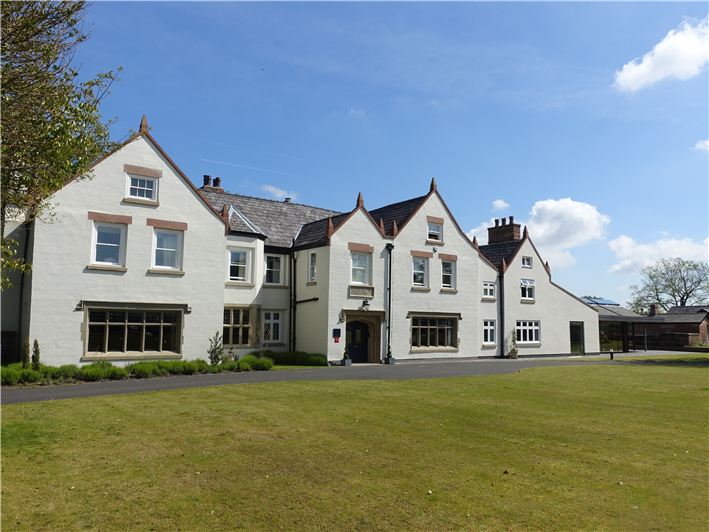

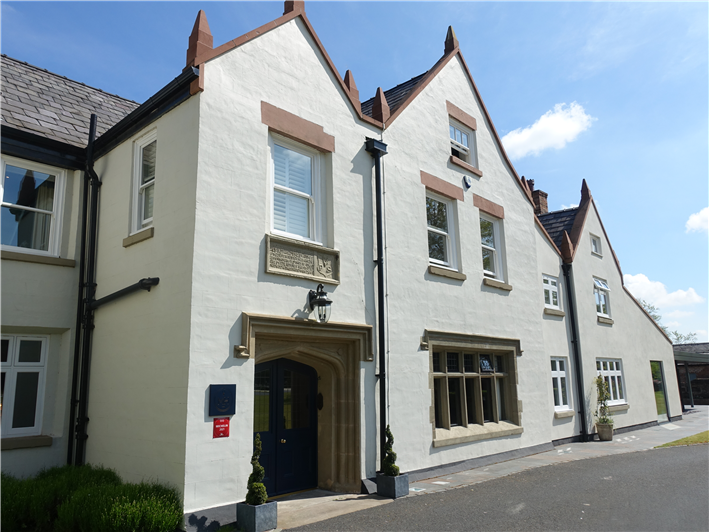
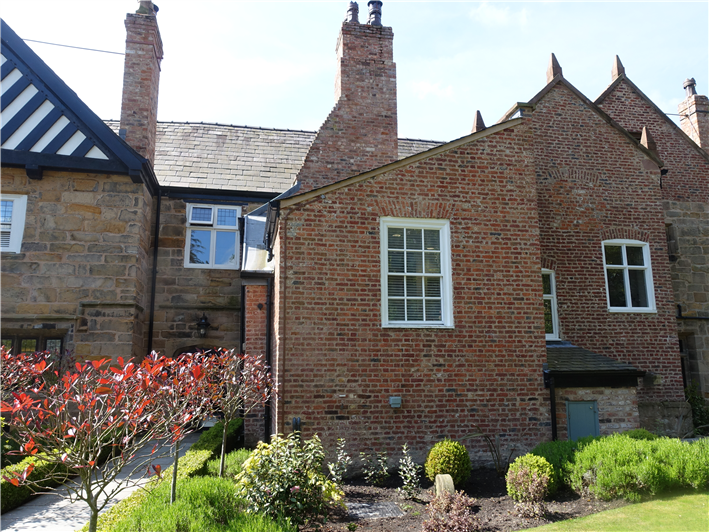

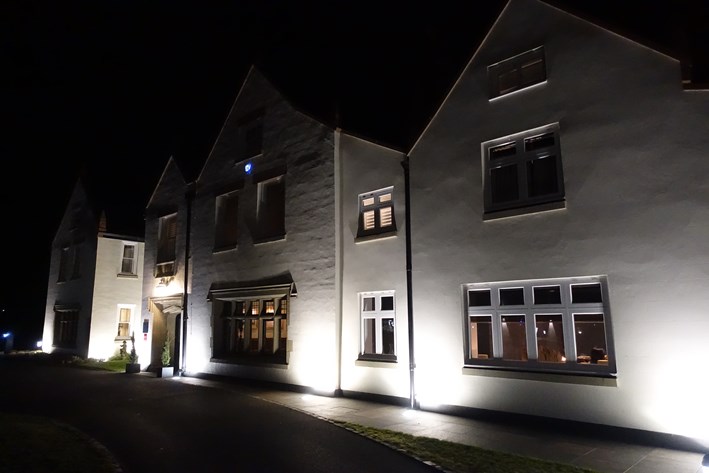


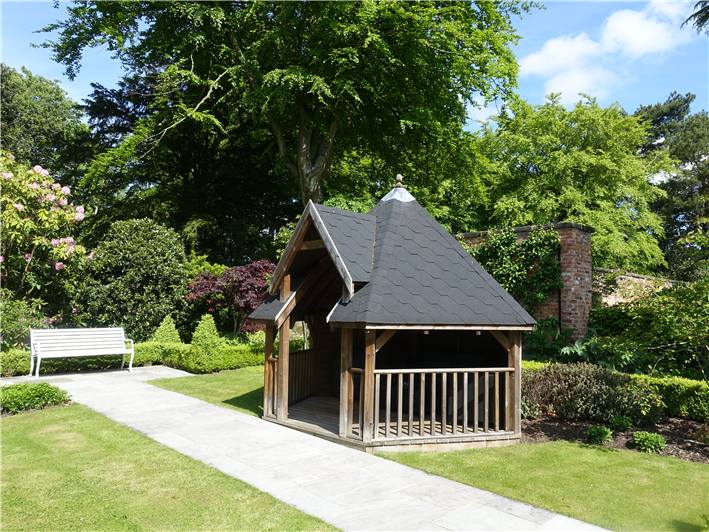
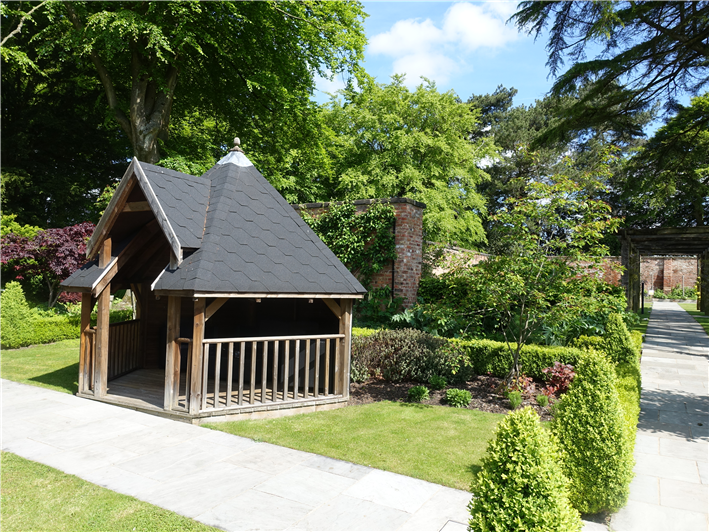
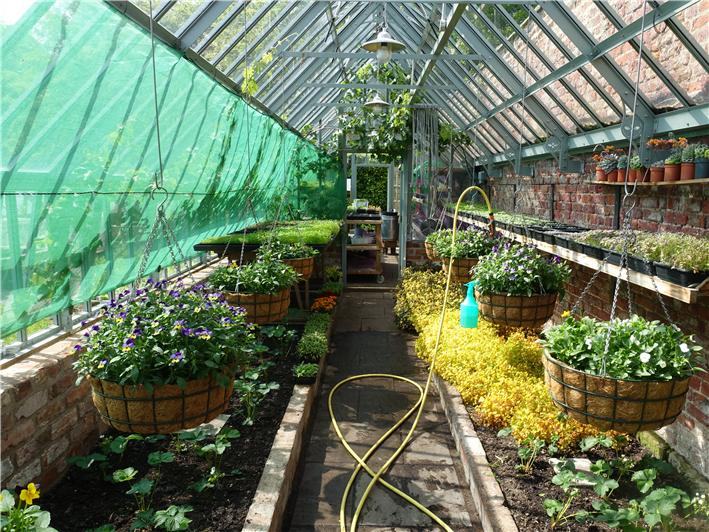

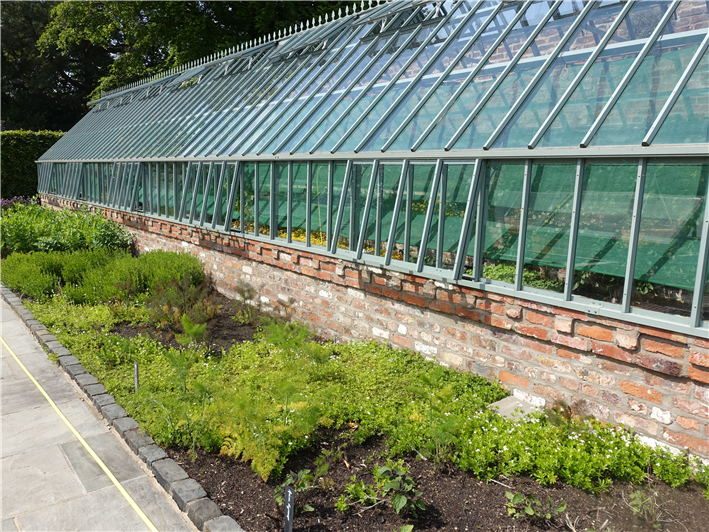

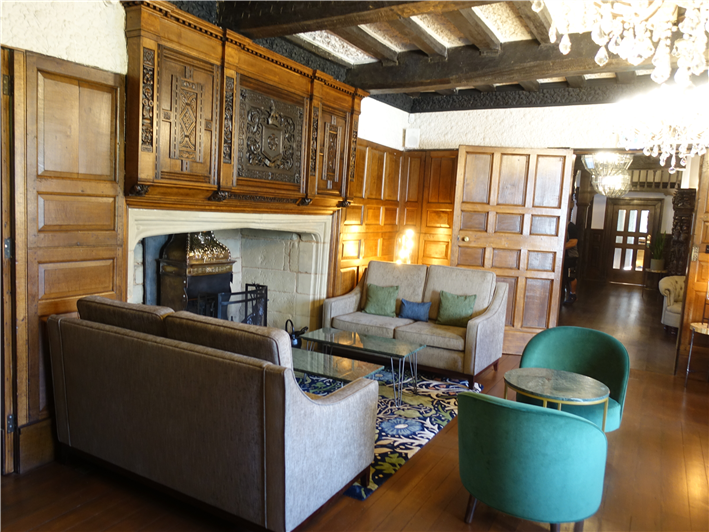
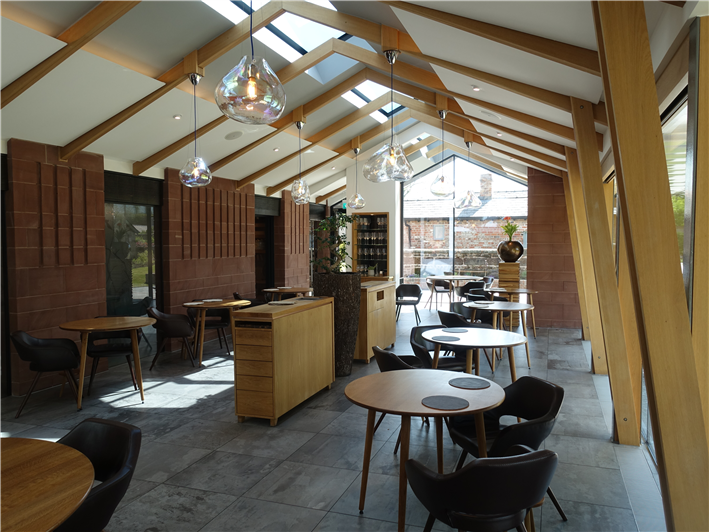

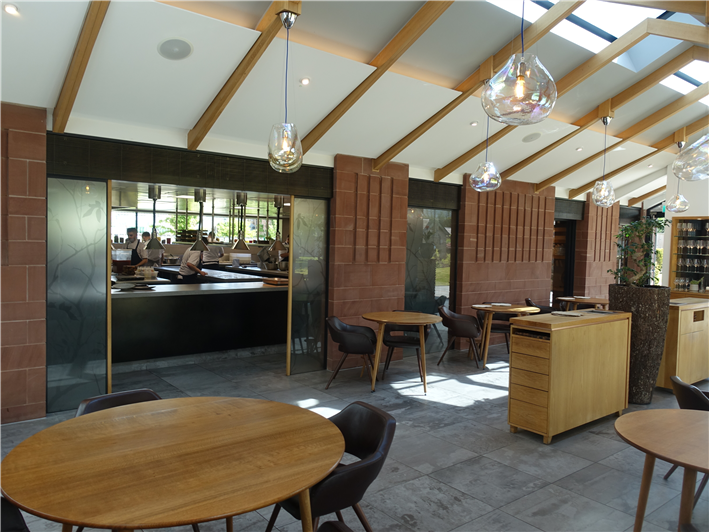
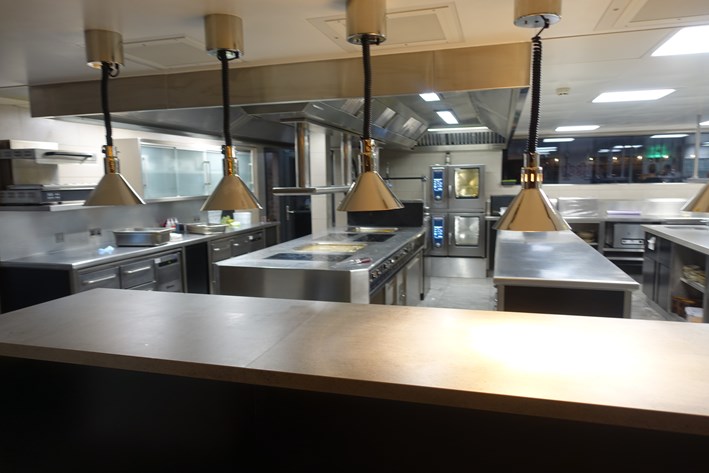
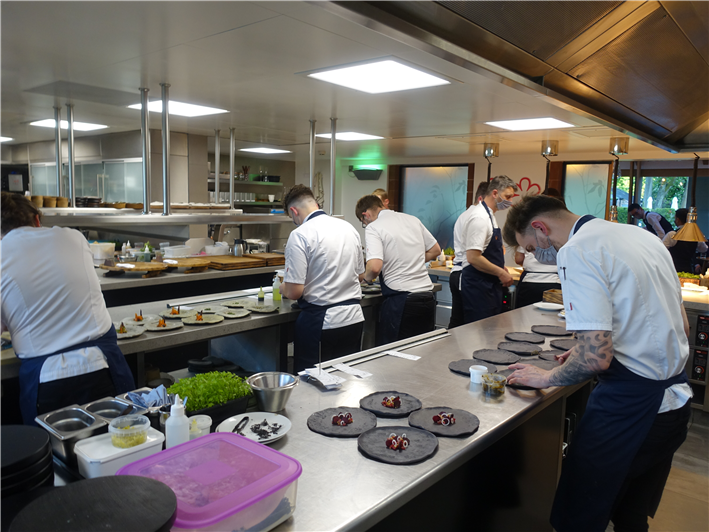
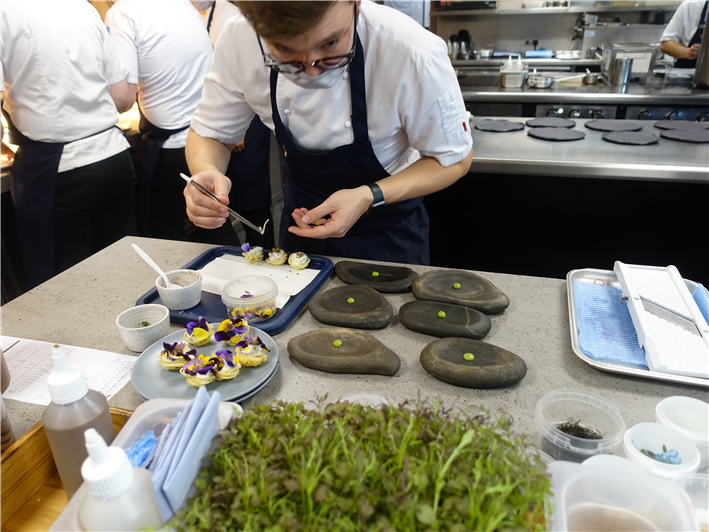
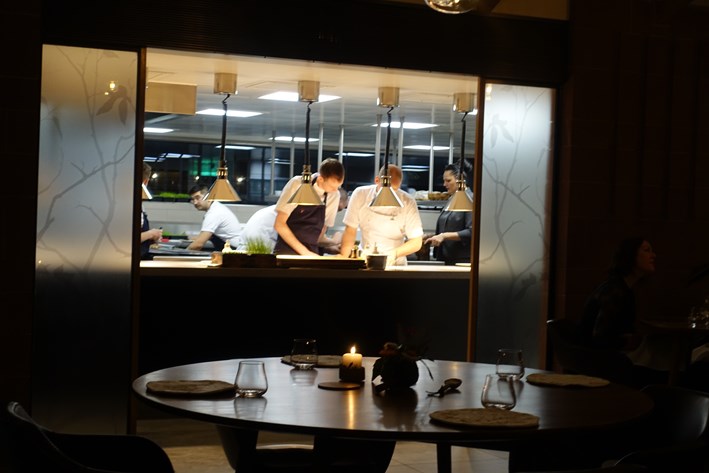
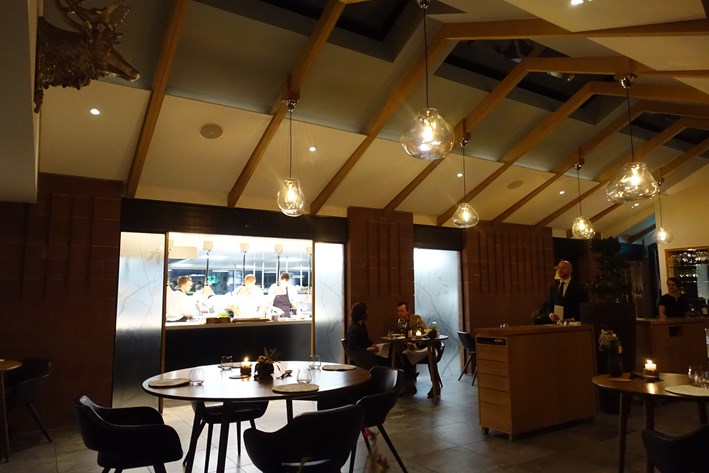
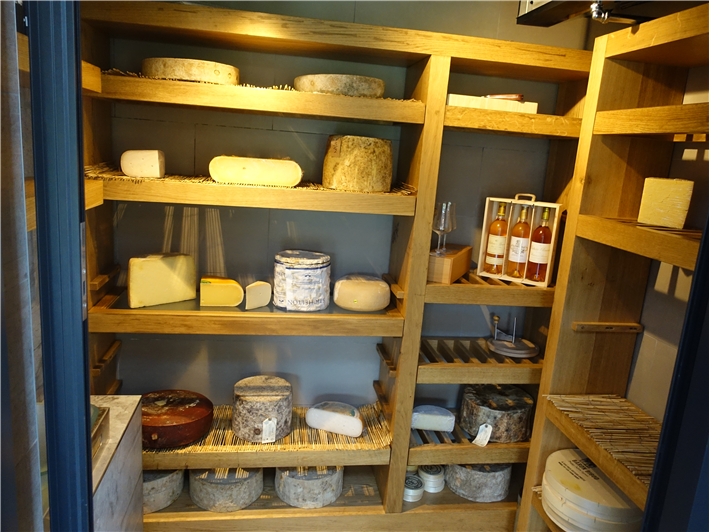
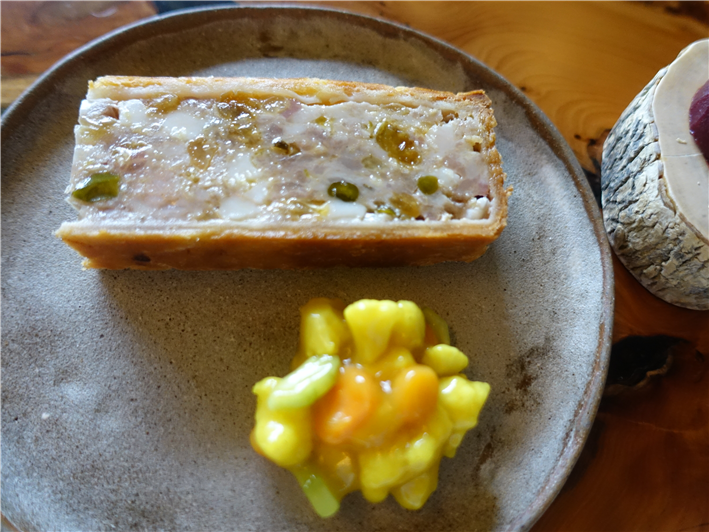

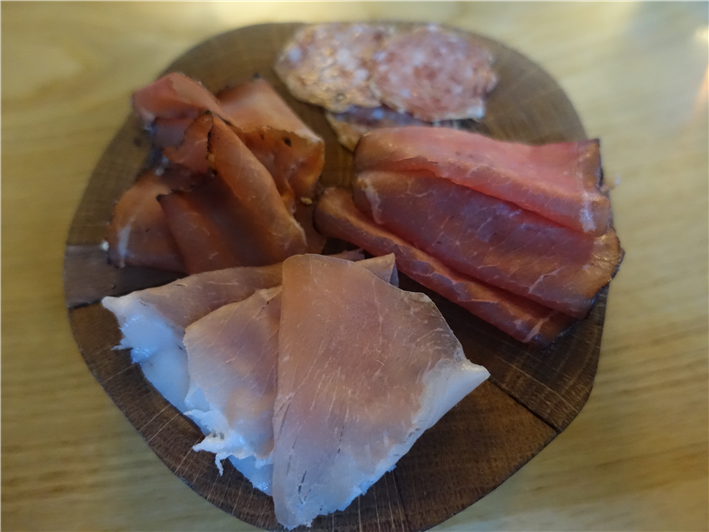
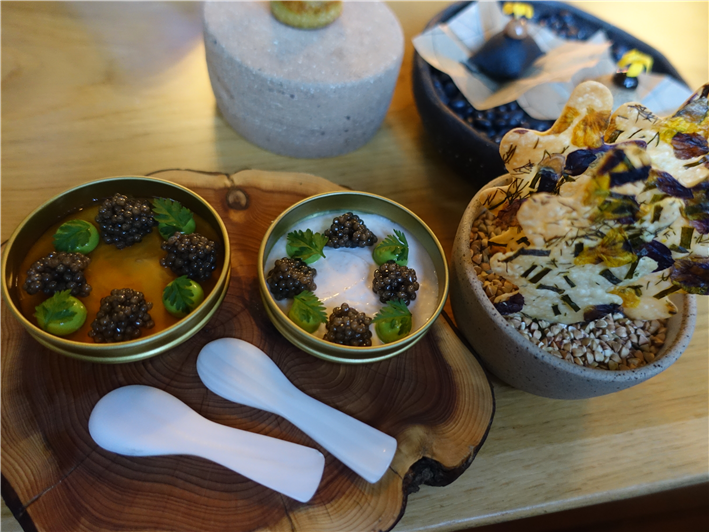
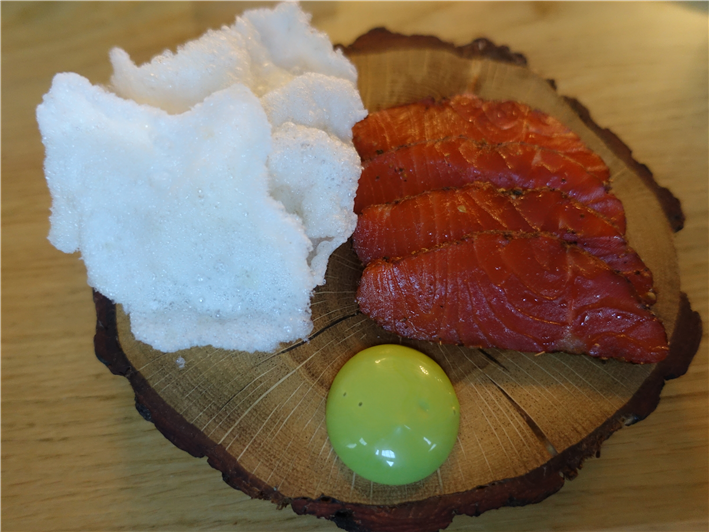
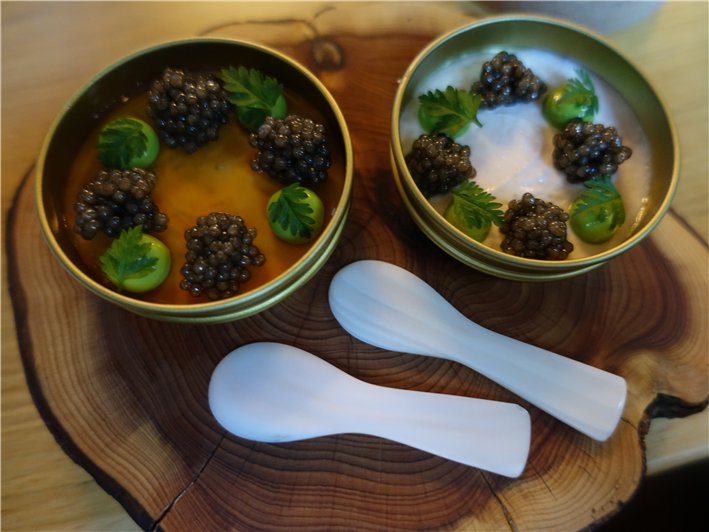
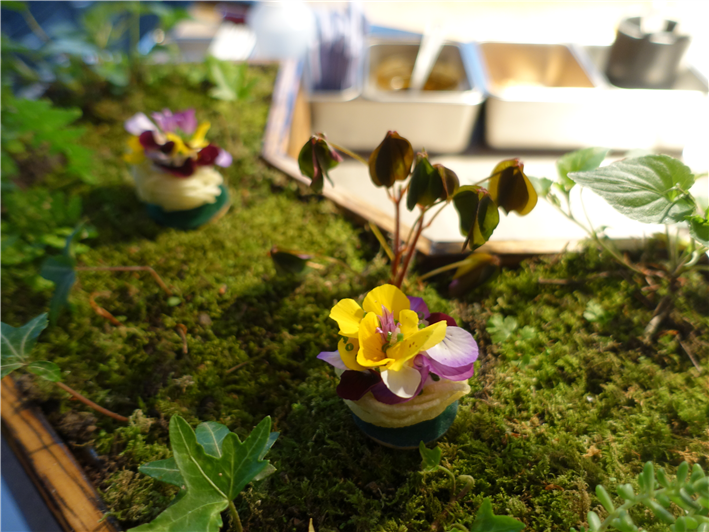



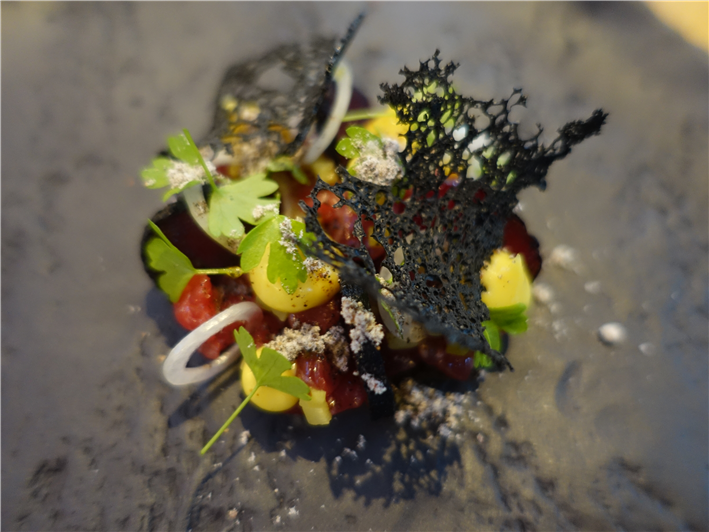

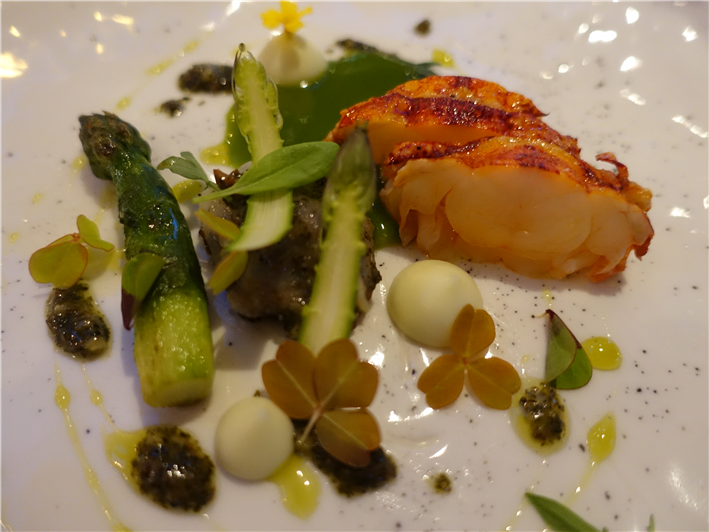
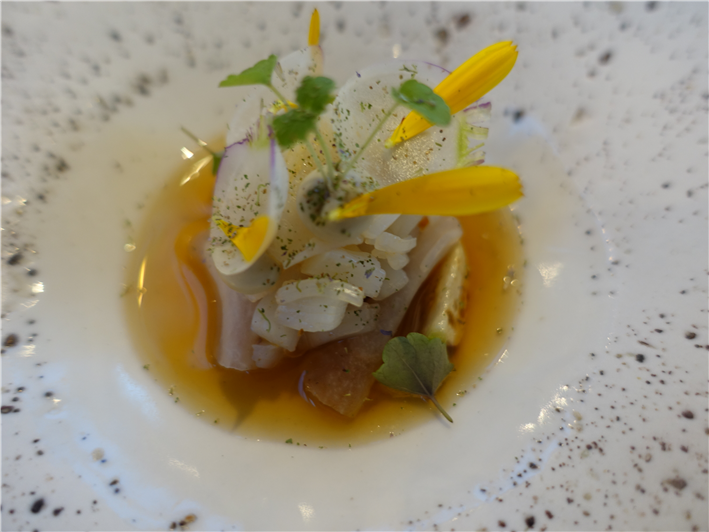
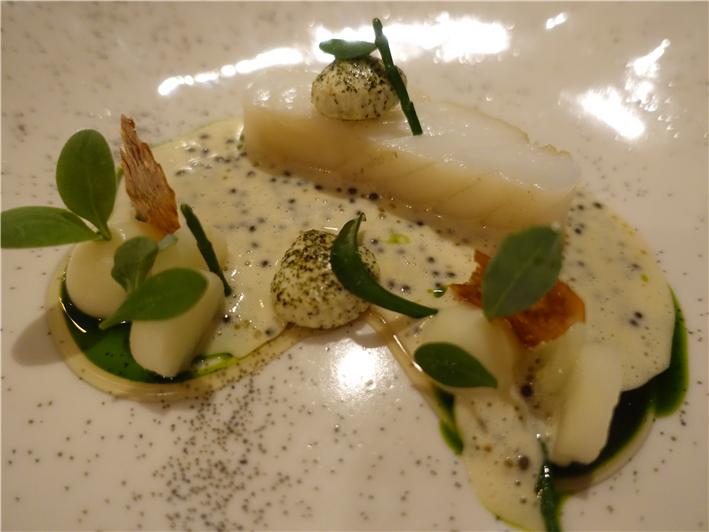
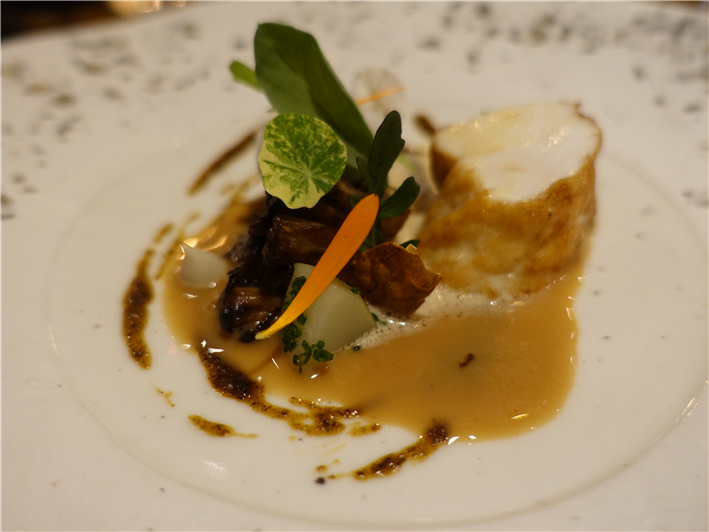
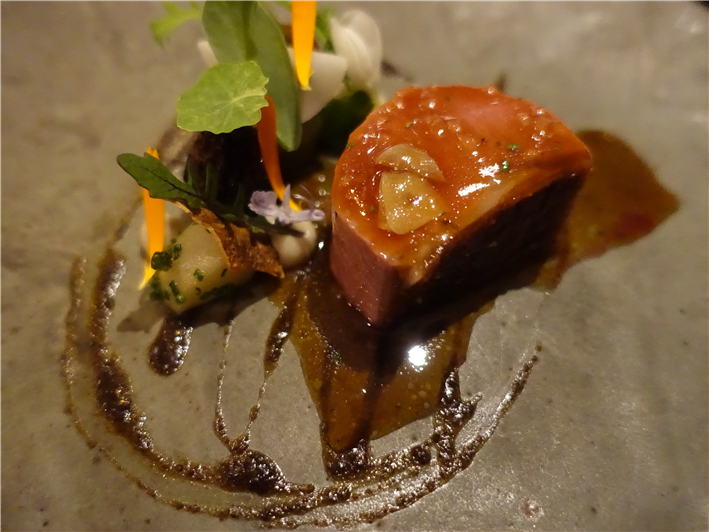

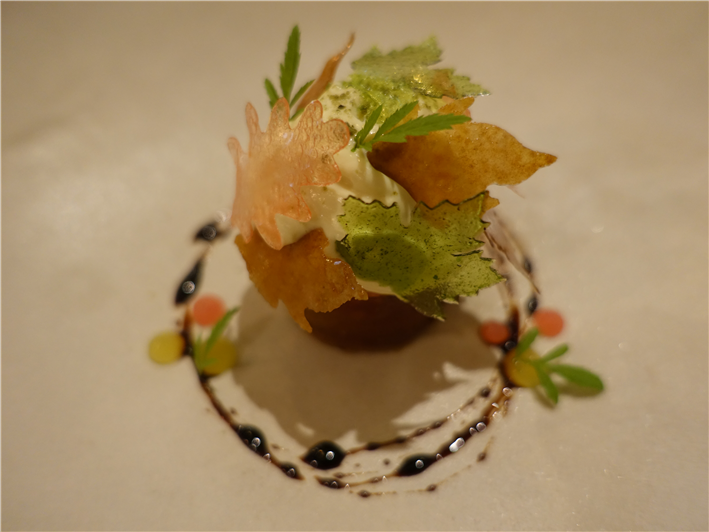
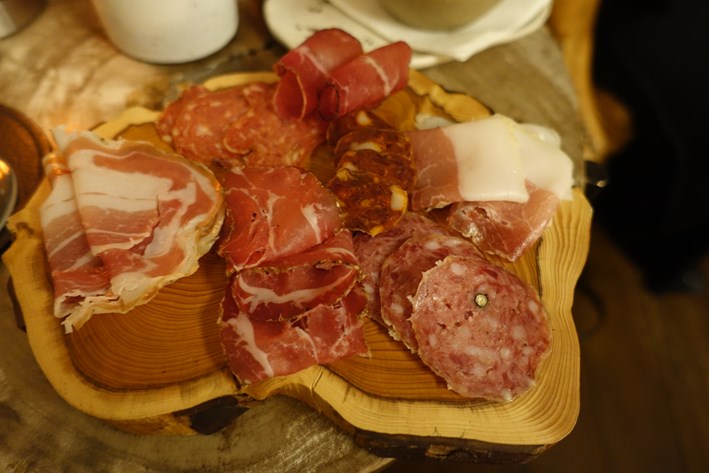
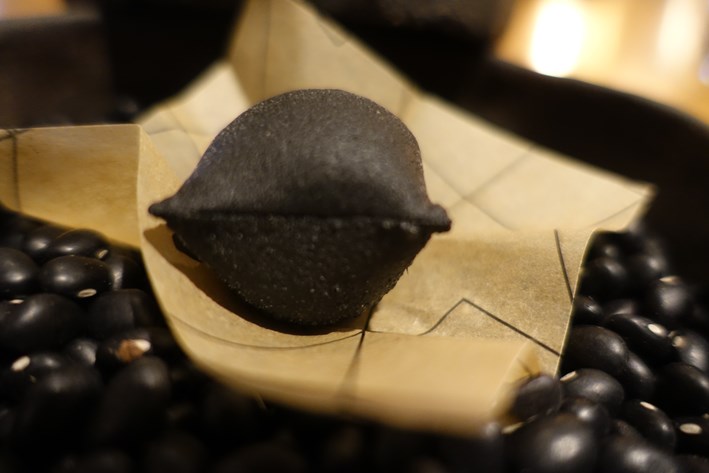
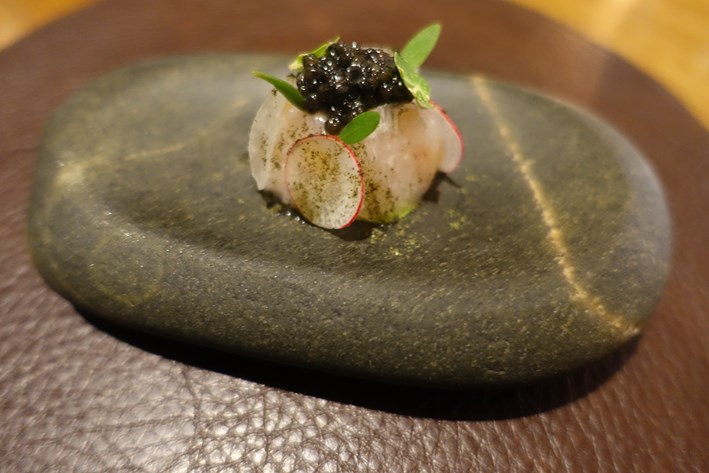
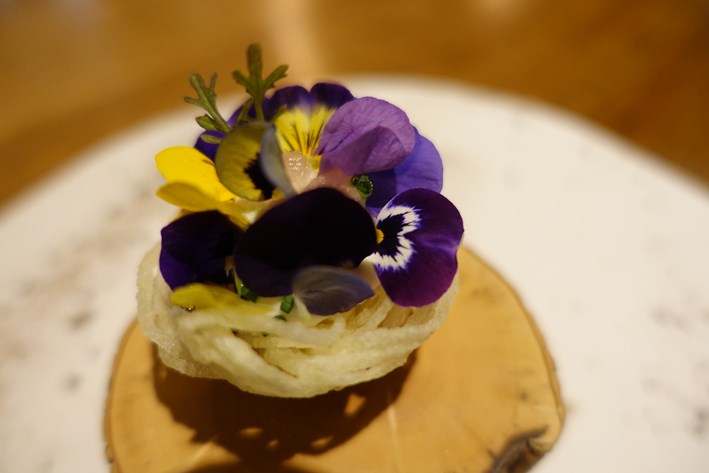
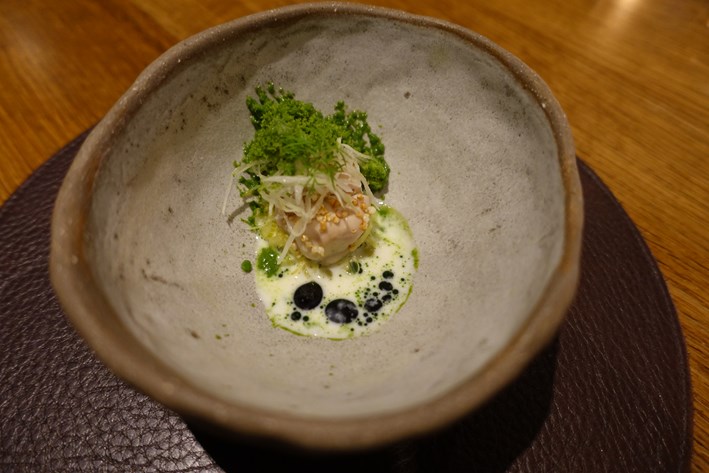
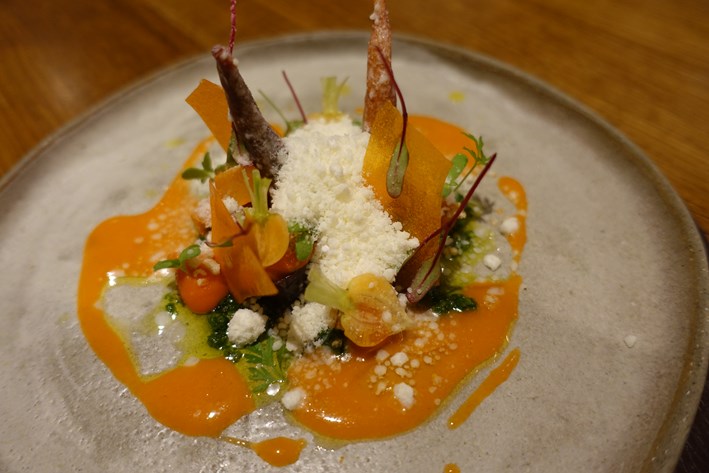

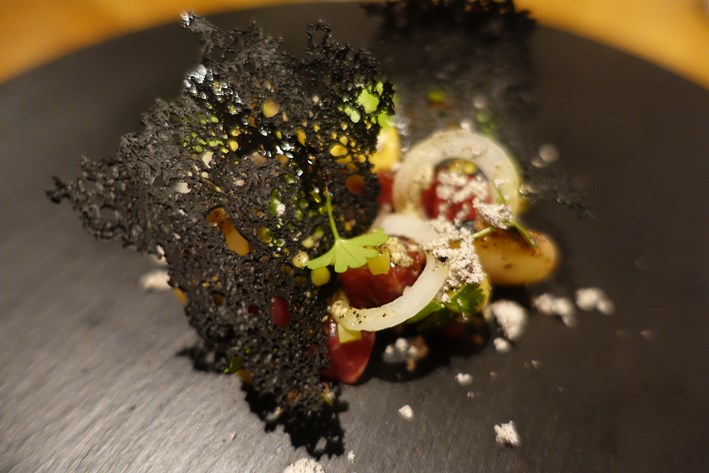
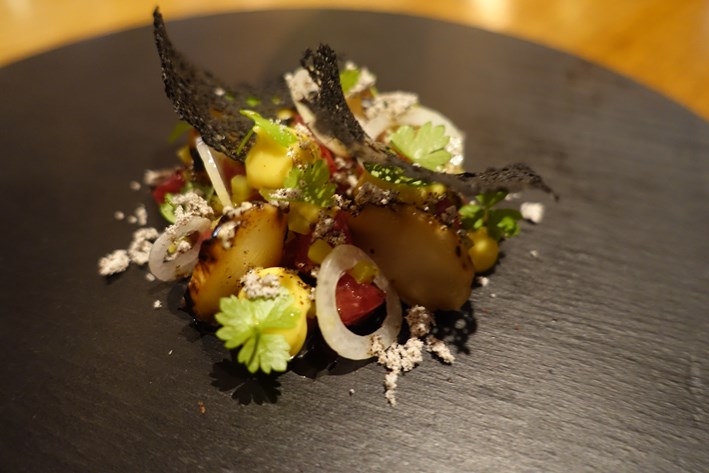
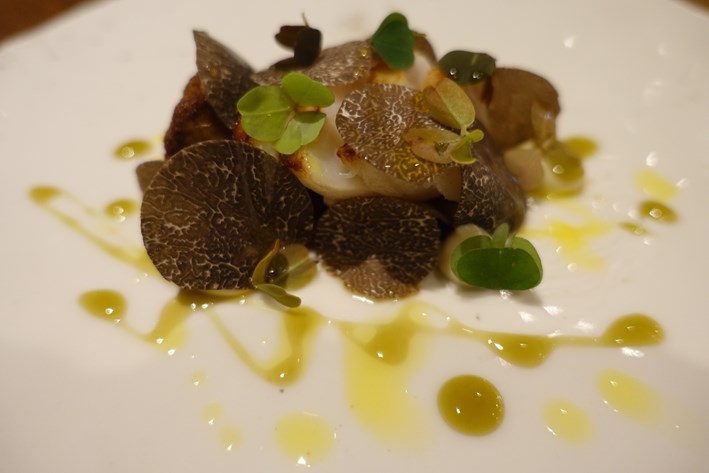
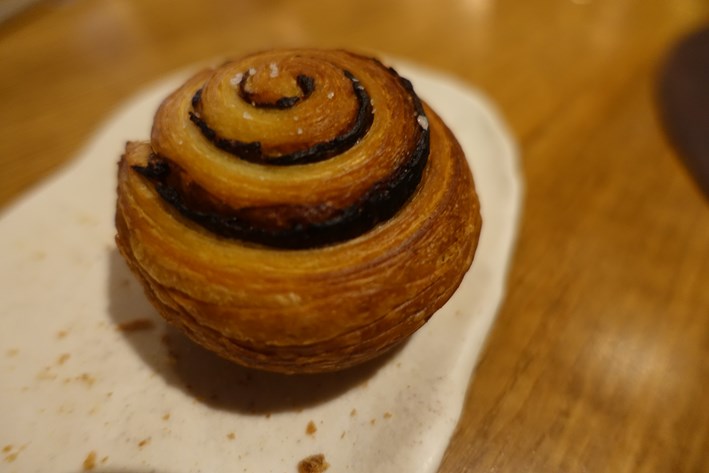
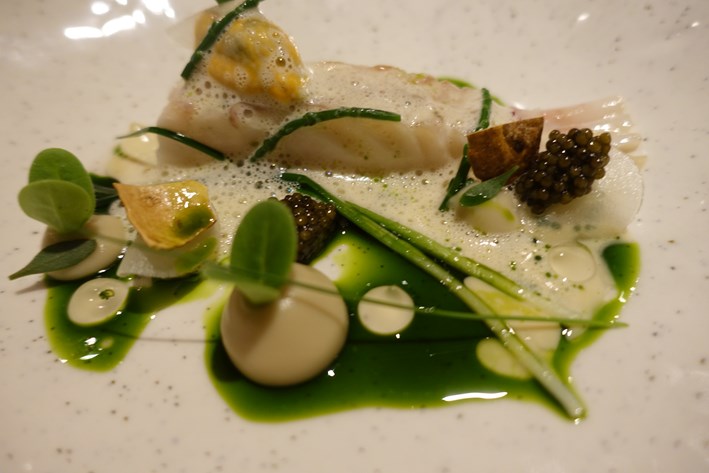
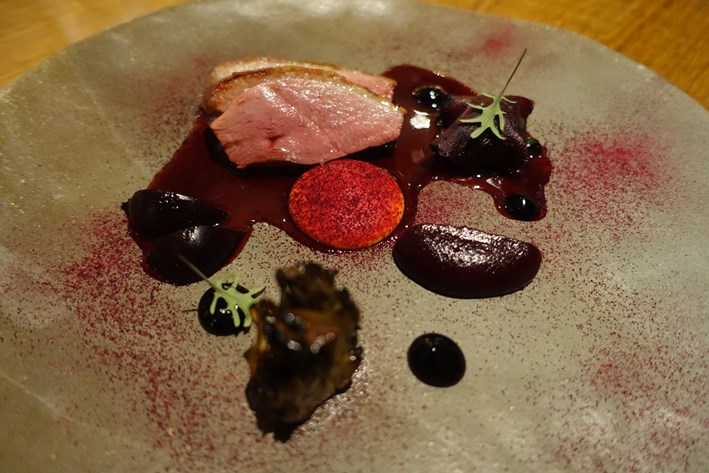
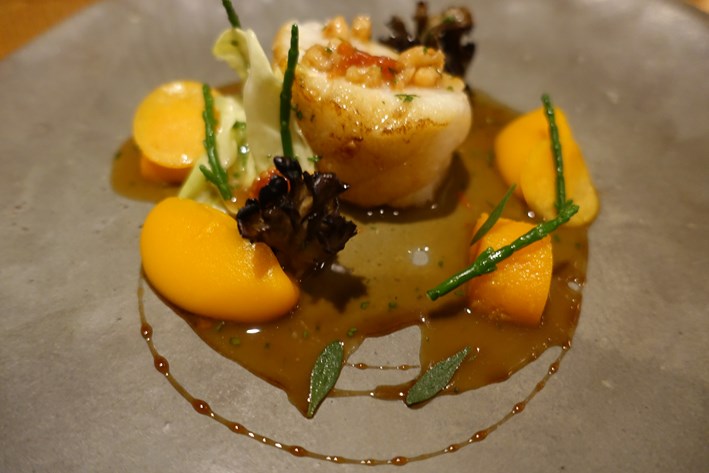
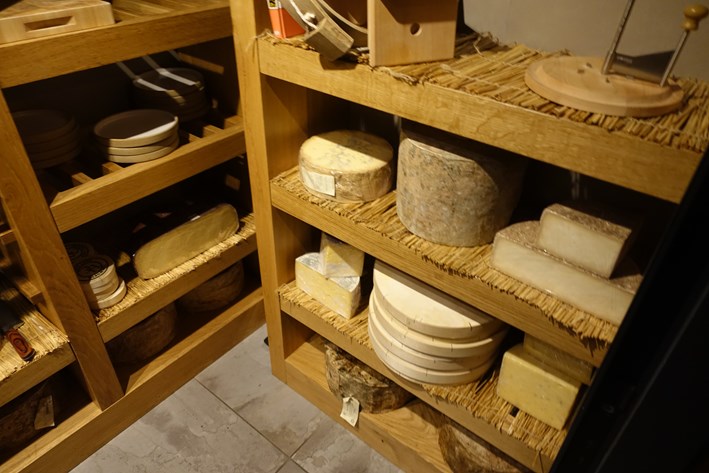
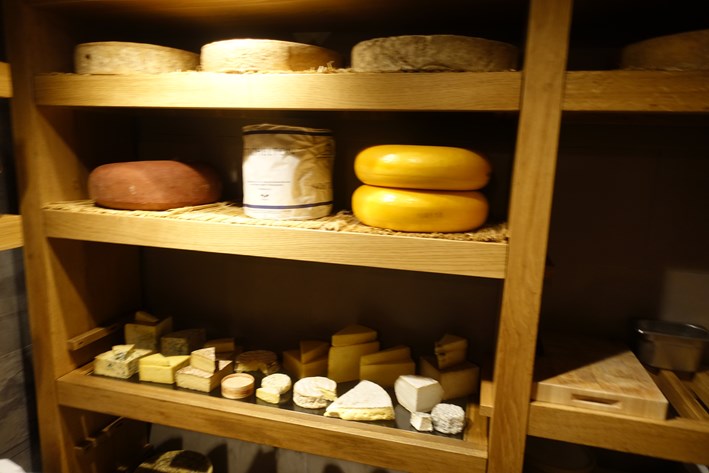
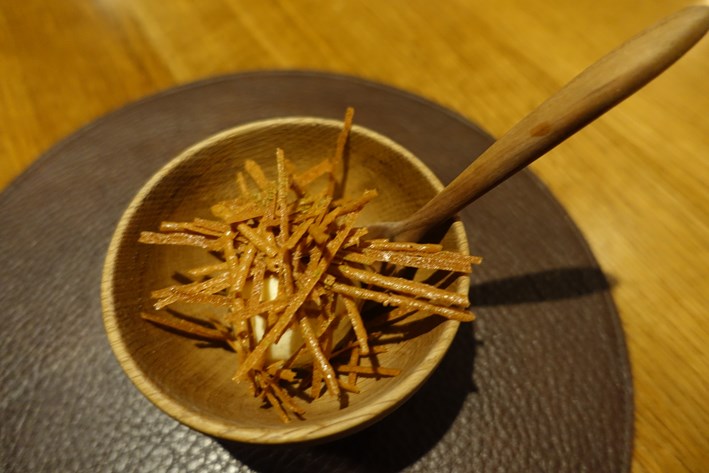
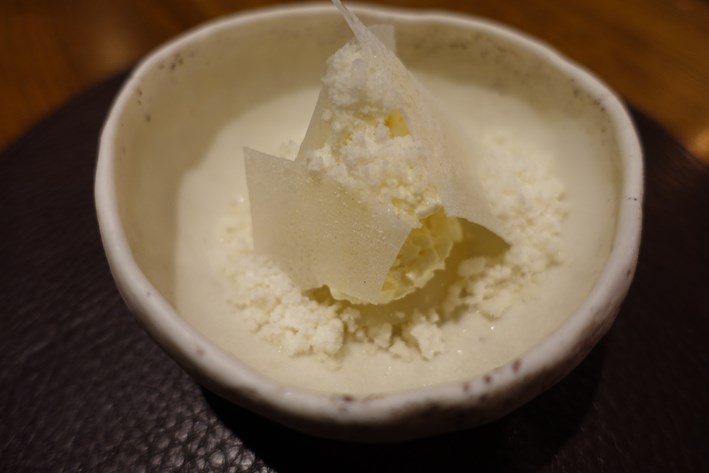


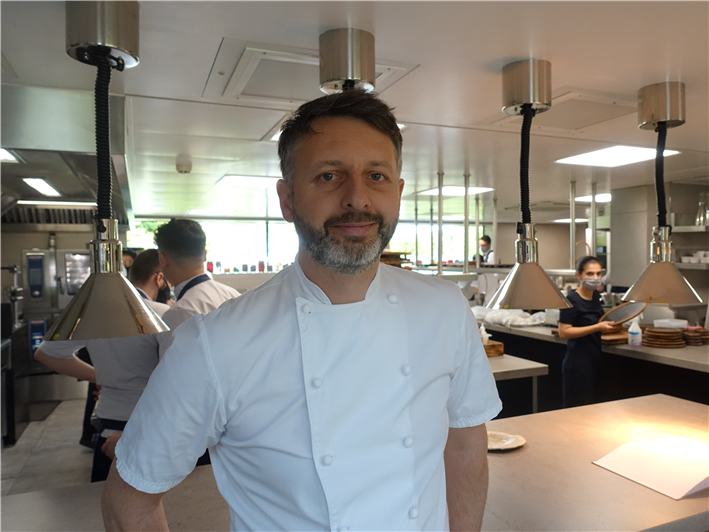

Add a comment
Thank you for submitting your comment, this will be checked and added to the website very soon.
User comments